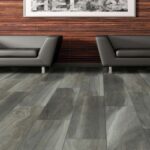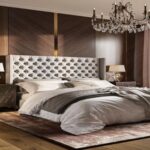What Are The 7 Elements Of Interior Design?
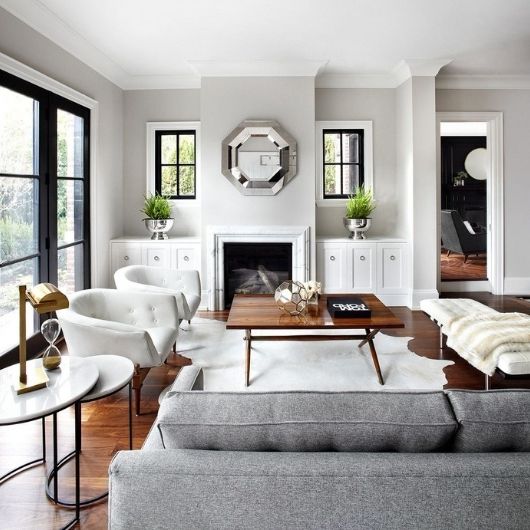
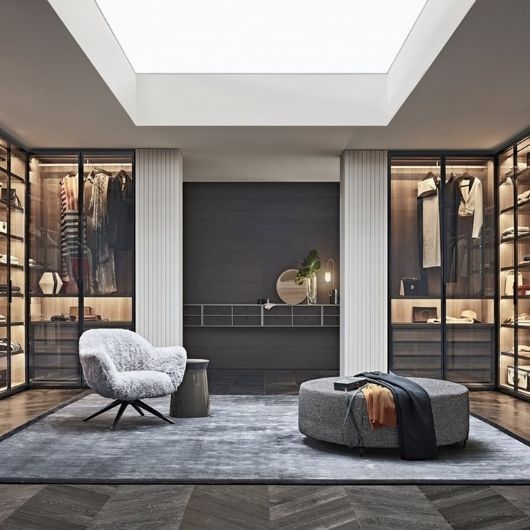
Interior design is shaping the experience of interior space through the manipulation of spatial volume and surface. Interior designers are often thought of as decorators, but their work goes beyond simply placing furniture in a room.
It’s about creating an environment that is both functional and aesthetically pleasing. For that purpose, it is truly essential to know about the 7 elements of interior designing. In this article, we’ll be discussing all 7 interior designing elements!
Let’s Check Out 7 Elements Of Interior Design
There are many elements that contribute to great interior design, some are more important than others. There are seven elements of interior design that are used to create a perfect environment. Let’s check out!
- Light
- Line
- Space
- Form
- Color
- Texture
- Pattern
Let’s check out each one individually to know how they combine and are used to design a great interior!
1. Light
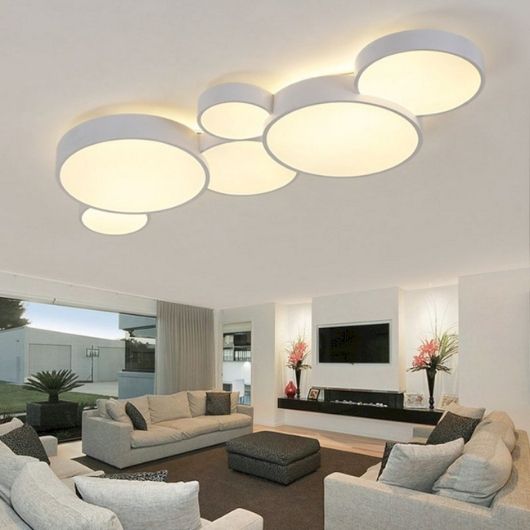

Lighting is one of the essential elements of interior design. It can make or break a space. In fact, it can be so important that it can completely change the look and feel of a room. Poor lighting can make a room look dreary, while good lighting can make it look bright and inviting.
Good lighting can make a room look bright/airy, and spacious. It can also make a room look more inviting and cozy. Bad lighting, on the other hand, can make a room look dark, dreary, and cramped.
2. Line
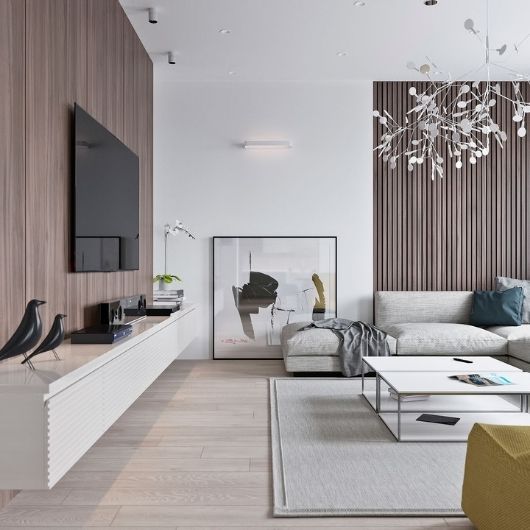
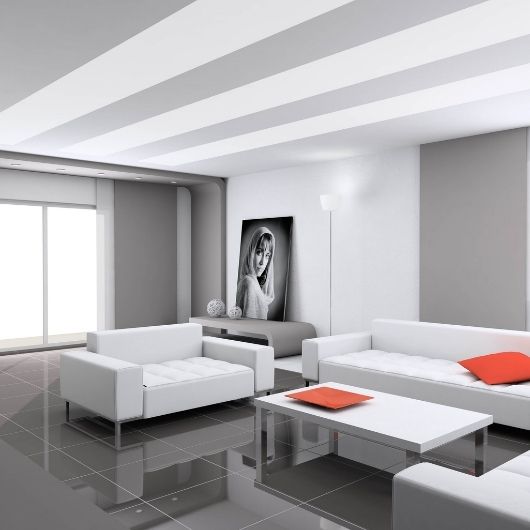
Lines have been used in design for centuries, and their use is well known to help in guiding and navigating the interior. Straight lines can create a feeling of order, while curved lines can create a more relaxed and softer feel.
Using lines in interior design is well known to help in creating a certain look or feel for a space. In interior design, lines are often used to create a sense of space. Horizontal lines can make a space feel longer, while vertical lines can make a space feel taller. Diagonal lines can add interest and excitement to a room.
3. Space
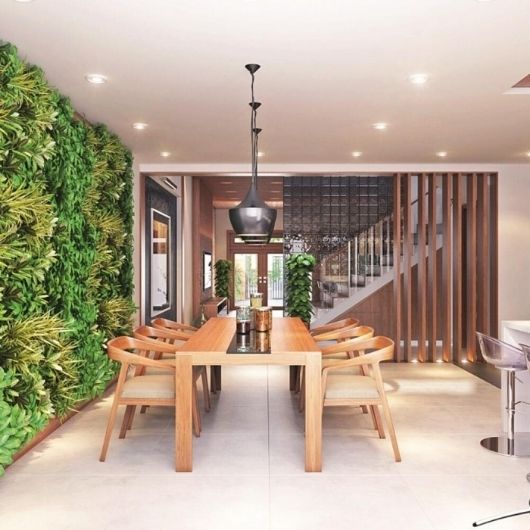
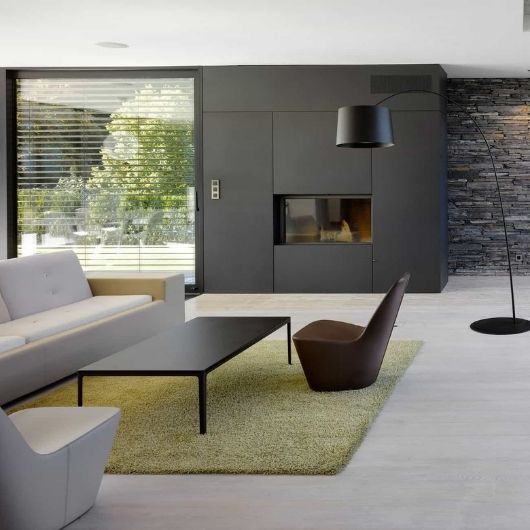
Space Is the most fundamental element. How you use space in your interior design will determine how successful it is. Here are a few tips on how to use space to your advantage in interior design:
- Use large pieces of furniture or architectural features to draw attention and create a focal point.
- When planning your layout, consider how people will move through the space. You don’t want people to be constantly running into each other.
- Do consider thinking about how you want to use the space. Do you want to use it for entertaining, working, or relaxing?
- Consider the proportions of the space. How big is it? How high or low is the ceiling? How wide or narrow are the walls?
4. Form
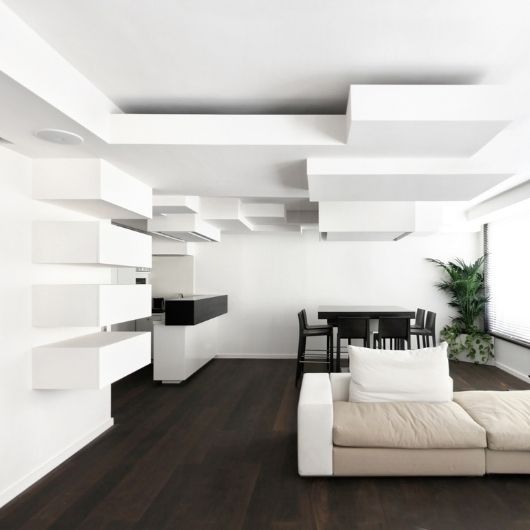
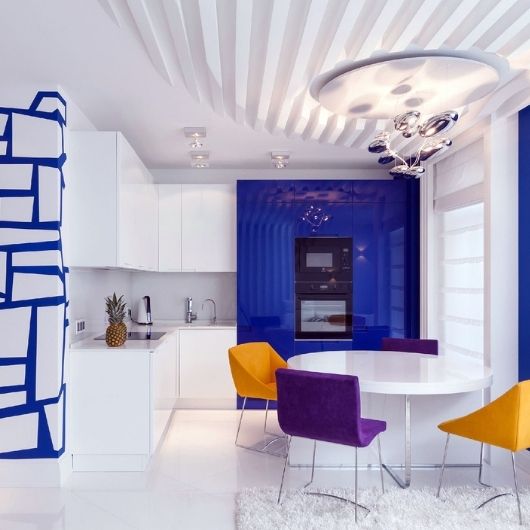
The form is an important consideration in any interior design project. The term “form” is simply another term for “shape,” and it matters in interior designing because the shapes of the objects in a space can influence the way people feel when they are in that space.
It can be described in two dimensions or three. In two dimensions, form is simply the shape of an object square, triangle, etc. In three dimensions, form is the shape plus the height and depth of an object. When creating a space, it’s important to consider the forms you are using. You want to use shapes that complement each other and create a cohesive design.
5. Color
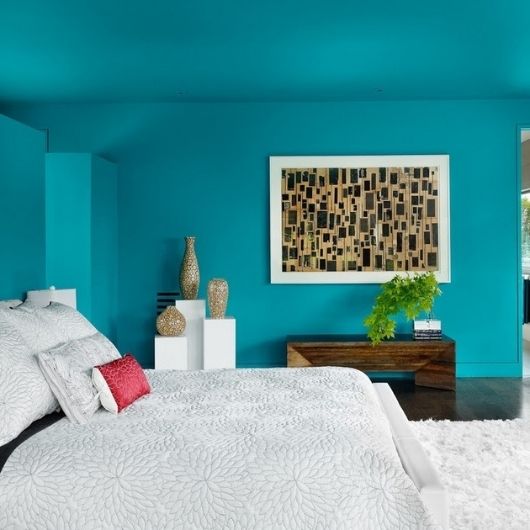
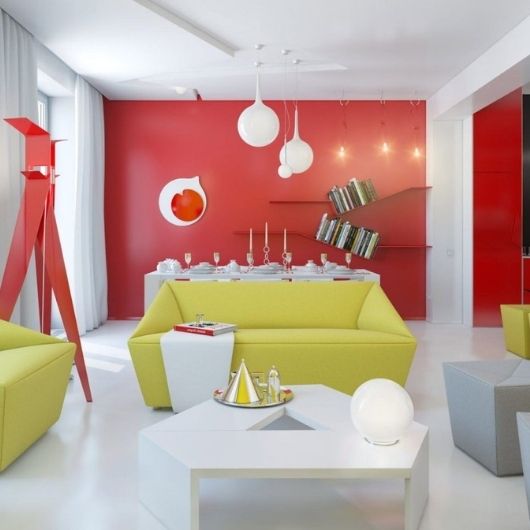
For interior design, colors are everything. They can set the tone for a room, and they can evoke emotions in the people who enter it. An interior designer has to be skilled in using colors and must be able to expect how they will be used in order to create successful projects.
There are a few basic principles that every interior designer should know about color. The first is that different colors can evoke different emotions. In order to use color effectively, an interior designer must understand the principles of color theory and how to apply them to his or her own designs.
6. Texture
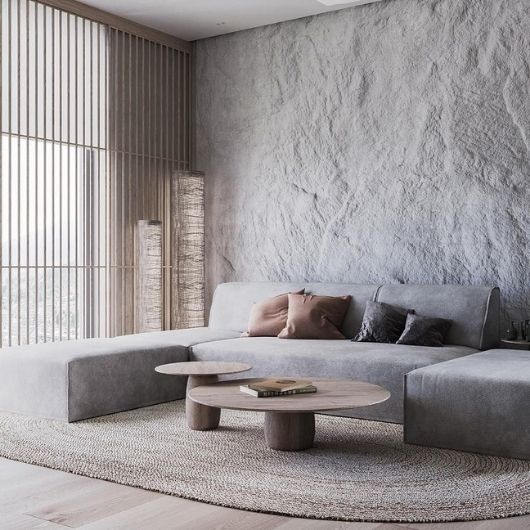
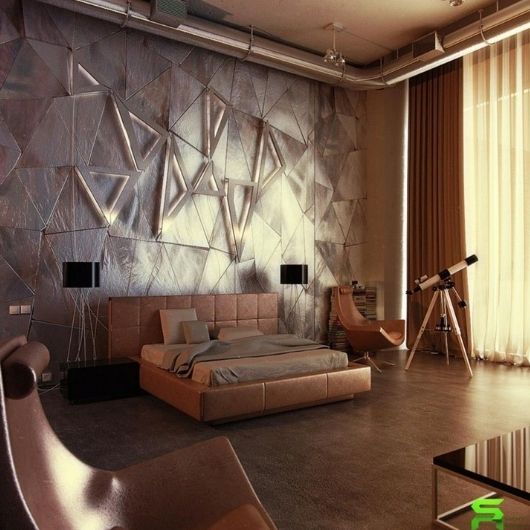
The texture is often referred to as the feel of a surface. It can be rough, smooth/soft, hard, or many other variations. In interior design, the texture is one of the most important elements. It can make or break a design. There are three main types of textures:
1) Natural Textures – These are the textures that are found in nature, such as wood, stone, and fabric.
2) Man-made Textures – These textures are created by man, such as plaster, concrete, and metal.
3) Textile Textures – These are textures that are made from fabric, such as wallpaper, rugs, and upholstery.
7. Pattern
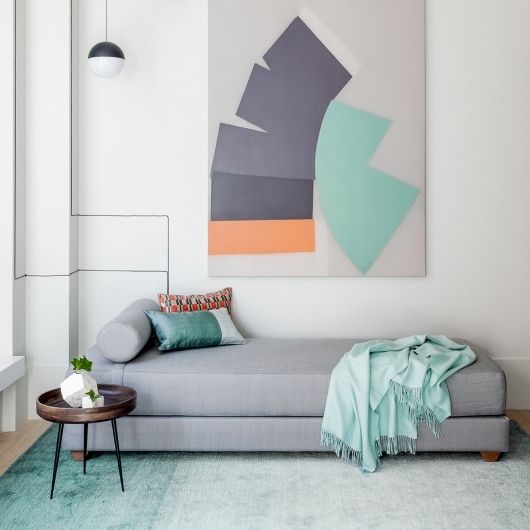
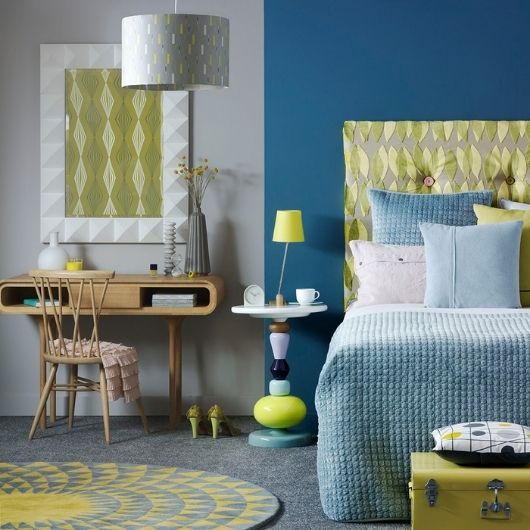
Designers use patterns to fill up the empty spaces on a wall or in any other form of design. By doing so, they make use of the empty space and make their design look more visually appealing.
Interior Designers often use patterns in their work to add visual appeal, create unity, and add some rhythm. A pattern can be as simple as a repeated shape or it can be a more intricate design. When used correctly, patterns can make your designs more interesting and eye-catching.
In The End!
So, these are the 7 elements of interior design that are used in combination with designing an exclusive interior design. To properly maintain your interior and find the most appealing theme, you must know about these Interior Designing elements. Hopefully, this article has delivered the required information to you, let us know in the comment section how you find this article!

